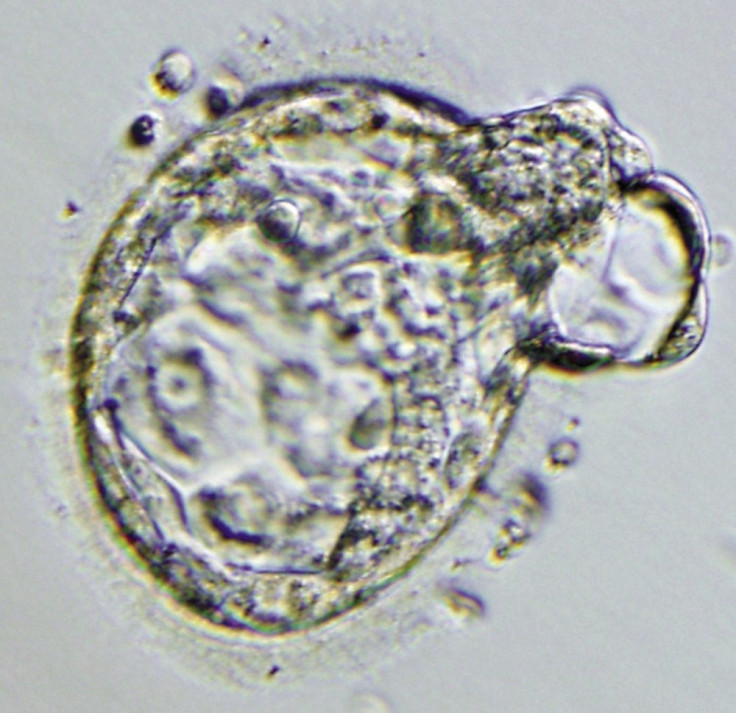US baby conceived only a year after her mother was born

An American woman has given birth to a baby who was conceived only a year after she herself was born. Tina Gibson, 26, gave birth to Emma Wren on Nov. 25, but her daughter is actually much older than she appears.
Emma had been cryopreserved as a frozen embryo for more than 24 years in a laboratory. She was frozen on Oct. 14, 1992, and thawed on March 13, 2017, by the National Embryo Donation Center lab director Carol Sommerfelt in Knoxville, Tennessee, so she could be transferred to Tina’s uterus. The transfer was conducted by Dr Jeffrey Keenan.
According to the University of Tennessee Preston Medical Library, Emma now holds the all-time record for the longest-frozen embryo to be born. The previously oldest known frozen embryo that came to successful birth was 20 years old. That also makes Tina, Emma’s mother, not much older than her. Tina was just 18 months when an unidentified couple had their fertilised egg frozen via vitro fertilisation (IVF).
MIRACLE BABY: Emma Wren was born after being frozen for more than 24 years as an embryo. Her mother says she's a miracle and will have quite the story to tell someday. @wbir READ: https://t.co/iSAw1Yk1jQ pic.twitter.com/k6TFCqLJNg
— Madison Wade (@madisoncwade) December 19, 2017
“Do you realise I’m only 25? This embryo and I could have been best friends,” Tina, who is now 26, told CNN. “I just wanted a baby. I don’t care if it’s a world record or not.”
Benjamin Gibson, Emma’s 33-year-old father and Tina’s husband, does not share genes with his newborn daughter. However, he said he felt Emma was completely his own child.
Before Emma’s birth, the couple tried a lot of ways to have a child. With Benjamin having cystic fibrosis, it’s common for him to be infertile. That didn’t deter them to fulfil their dream of becoming parents, though. They fostered several children, but they decided to take a break from doing so after they discovered embryo adoption, which would require implanting an embryo in the mother’s womb.
After initial hesitation, the Gibsons decided to submit an application for embryo adoption. They had several tests for the procedure before they were finally ready for the implantation in March. They still had to choose an embryo, which saw them viewing donor “profiles” through basic information about the genetic parents. Their first choice of embryo was not viable, so they went for their second choice, who turned out to be Emma.
By that time, no one knew that it was an old embryo. Dr Zaher Merhi, director of IVF research and development at New Hope Fertility Center, explained to CNN that identifying which embryo was the older was not possible. This is because American companies are not required to report to the government the age of an embryo used so “nobody has these records.” Merhi is not involved with the Gibsons’ case.





















